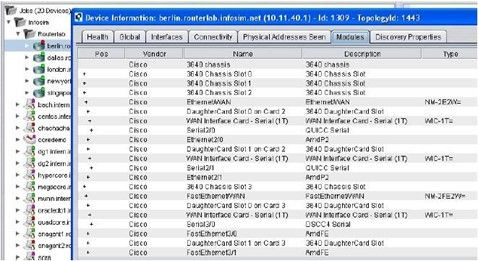-
Call Us:1.800.561.4019
Newsletter
For a Free Quote...
Latest Blog Posts
Blog Categories
Telnet Networks News
3 VoIP Monitoring Black Holes to Avoid
 When tracking user experience in Unified Communications (UC) applications, like VoIP and videoconferencing, the accuracy of analysis hinges upon your ability to capture, integrate, and analyze multiple data streams that make up a call session including:
When tracking user experience in Unified Communications (UC) applications, like VoIP and videoconferencing, the accuracy of analysis hinges upon your ability to capture, integrate, and analyze multiple data streams that make up a call session including:
- Control management setup of the conversation
- Audio and video streams traversing between the callers
- Protocols used for managing the transfer of audio and video
The primary challenge is that network teams lack visibility into call traffic as it travels from the core to remote office locations and between callers. Typically when VoIP is deployed, setting up points of visibility and monitoring from the network perspective doesn’t receive serious consideration. Rather, network managers often rely on information pulled from the call managers and phones. The result is that they don’t have enough detail to accurately troubleshoot, and have to re-architect the network after the fact to obtain visibility.
To avoid this, as the VoIP network is being deployed, map out and configure the best points for viewing call data (such as the setup) and traffic, as well as aggregation points. Logical aggregation points will typically be in the datacenter at the core of the network. Additionally, understand how your specific system handles calls to best configure these points. Some VoIP solutions are phone-to-phone, where the RTP stream travels between the phones. With other systems like Avaya, the stream goes to a centralized media processor, which can serve as a natural point of aggregation.
Remote Office Communications
If you don’t have natural aggregation points or remote UC traffic isn’t being routed back to the core, look to obtain visibility at the locations where conversations are occurring. This can be achieved by placing probes or retrospective analysis appliances, like GigaStor, to view the traffic going between the call manager and stations involved in conversations. Also, probes can be deployed between stations in a remote office to view interactions between multiple systems.
Transferred Calls
An additional issue when monitoring UC involves tracking transferred calls. For example when a customer dials into a call center, they typically interact with voice-prompted menus. The call may then be routed to a different location based upon their request. Your monitoring system should be able to track the transfer of that call and where it is going. With GigaStor, network managers can utilize SIP Call Extract, which allows an engineer to enter the call “to” and “from” details, and automatically identifies all the streams that are a part of the call building a view of UC conversations for analysis.
Handling Same Building Calls
In the case of viewing traffic between calls within the same office, seeing more than the call setup can be a challenge. For example, you’re monitoring call activity in a multi-storied building. Each floor has its own access switch, and your primary capture point is located next to the call manager on the first floor. When two fourth-floor users are calling each other, you’d be able to see the setup but not the phone-to-phone communication. If you have visibility on the access switch, you could pull in those RTP streams. You’d then not only get the setup but see the interaction between the two callers. Using an aggregation switch like Matrix would allow you to get multiple points of visibility and feed it into one logical rule that gives you all the call information and detail.
By taking the time before deploying VoIP systems to understand how your system functions and intuitive points for collecting the call data and traffic, you can ensure you have full visibility for maintaining high call quality. This not only will keep troubleshooting times short, but also mean you won’t be forced to retrofit a monitoring strategy after the fact.
Thanks to Network Instruments for the article.
When you subscribe to the blog, we will send you an e-mail when there are new updates on the site so you wouldn't miss them.





Comments